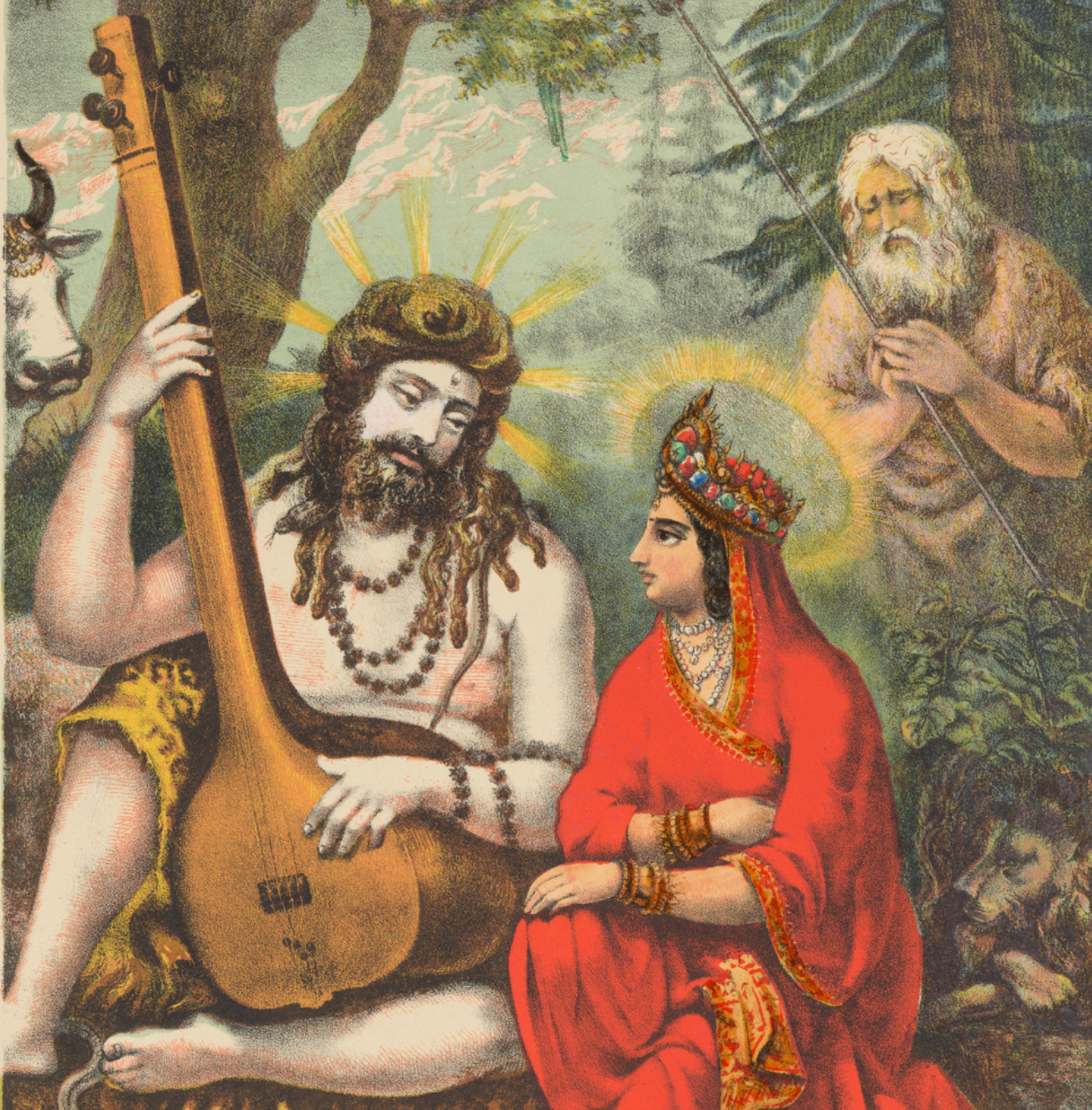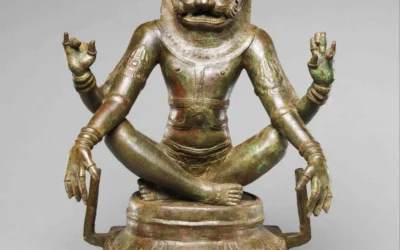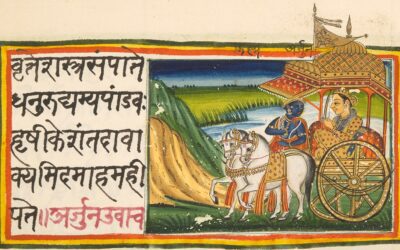Shiva, one of the principal deities of Hinduism, embodies a complex character with numerous roles, representations, and significances. Among his multifaceted identity, Shiva’s portrayal as a yogi and a householder presents an intriguing dichotomy that underscores his comprehensive nature, weaving together themes of asceticism, creation, destruction, and domesticity. This article delves into Shiva’s aspects as both a supreme yogi and a householder, exploring how these roles reflect his overarching significance in the Hindu philosophical and mythological tapestry.
Since the beginning there were two polarities that existed within Hinduism. The first is between the brahmana and other castes. The brahmana had their Veda and their rituals, whilst the other people groups existed with their own customs, languages and gods. The second is between the Weda and Brahmanism and the Sramana or indigenous religions of India. Brahmanism was a religion of householders, families living in homes performing rituals. The Sramana religions saw celibacy and solitude as the method to gain enlightenment. Thus a divide was created since the beginning of Hinduism to this very day. One between orthodoxy and traditional customs, and another between living as a householder and living as a renounciate.
Shiva perfectly fits in between all. He is in the Veda as Rudra and is thus a Vedic deity, chanted and worshiped with Sanskrit mantras. However, He is also able to connect with the many local gods of India and beyond (like in Southeast Asia). As Rudra was always depicted as a God that exist in the Veda but worshipped outside of Aryan dominion, the orthodox brahmana permitted Shiva to be worshipped in many ways beyond their control. Thus many forms and sects of Shiva worship developed. Shiva to this very day is still feared and worshipped outside cities, such as in forests and cremation grounds, just as was Rudra in the Veda.
As a yogi, Shiva is known as Adiyogi or the first yogi, who is said to have imparted the knowledge of yoga to humanity. This portrayal emphasizes his association with meditation, asceticism, and the pursuit of spiritual enlightenment. Shiva’s image as a meditating figure in the serene Himalayas is iconic, symbolizing his profound connection with the cosmos and his role as the destroyer of ignorance and illusion. His meditative posture represents a state of eternal bliss and enlightenment, one that transcends the mundane cycles of life and death. As Adiyogi, Shiva embodies the ultimate goal of yoga – to achieve Moksha, or liberation, by realizing the eternal, unchanging truth of the universe.
In stark contrast to his ascetic aspect, Shiva is also depicted as a householder, living with his wife Parvati and their children, Ganesha and Kartikeya. This representation highlights his role in the cycle of creation and portrays him as a deity deeply involved in the aspects of family life and the world’s ongoing functioning. As a householder, Shiva exemplifies the ideal husband and father,
engaging in the domestic sphere and participating in the balance of cosmic duties. This aspect of Shiva demonstrates the importance of dharma (righteousness) and the value of living a life grounded in the principles of truth, responsibility, and love.
The integration of Shiva’s roles as both a yogi and a householder offers profound insights into the nature of existence and the path to spiritual realization. It suggests that true enlightenment does not necessitate withdrawal from worldly responsibilities but rather encourages active engagement with the world in a manner that is harmonious with spiritual values. Shiva, in his dual roles, teaches that life’s ultimate purpose is not merely in ascetic withdrawal but in the balanced fulfillment of duties, both spiritual and worldly. Moreover, Shiva’s embodiment of these seemingly contradictory aspects serves as a reminder of the unity of Hinduism throughout the ages.
This great example of integration in to the manifested world is pretty much the spirit from which our teachings at Samyama are intentionally delivered, with full awareness of the undelining spiritual connotation which preceeds and connects all things defined as consciousness and yet with full attention to the practical aspect of this reality. Our Yoga and Meditation retreats in Bali are crafted to reflect this beutiful paradox from the overview of the spiritual dimention but well grounded to this life and human connection.





0 Comments